- 6 Marks
CR – Nov 2024 – L3 – Q5a – Financial Analysis and Investment Evaluation
Compute financial ratios for Nsawkaw PLC to evaluate its financial performance for investment recommendation.
Question
Nsawkaw PLC (NK), a gold processing and trading company, has been identified by Djaraye Private Equity Fund (DPEF) as a target for long-term equity investment. As a financial consultant of DPEF, you have been tasked to evaluate the integrated financial condition of NK and make an investment recommendation.
Below are the summarised versions of NK’s Consolidated Financial Statements for the year ended June 30, 2024 (together with its comparative period):
Summarised Consolidated Statement of Profit or Loss for the year ended 30 June 2024
| 2024 (GH¢000) | 2023 (GH¢000) | |
|---|---|---|
| Revenue | 2,538,000 | 2,125,000 |
| Operational expenses | (1,909,100) | (1,592,900) |
| Interest costs | (186,700) | (157,250) |
| Taxation | (234,000) | (198,500) |
| Profit after tax | 208,200 | 176,350 |
| Other comprehensive income | 17,900 | 10,550 |
| Total comprehensive income | 226,100 | 186,900 |
Summarised Consolidated Statement of Changes in Equity for the year ended 30 June 2024
| Equity Holders of the Parent (GH¢000) | Non-controlling Interests’ Equity (GH¢000) | Total Equity (GH¢000) | |
|---|---|---|---|
| 2024 | |||
| Balances b/d | 457,200 | 65,600 | 522,800 |
| Total comprehensive income | 190,800 | 35,300 | 226,100 |
| Dividends | (110,000) | (8,700) | (118,700) |
| Balances c/d | 538,000 | 92,200 | 630,200 |
| 2023 | |||
| Balances b/d | 355,000 | 46,650 | 401,650 |
| Total comprehensive income | 160,500 | 26,400 | 186,900 |
| Dividends | (58,300) | (7,450) | (65,750) |
| Balances c/d | 457,200 | 65,600 | 522,800 |
Summarised Statement of Financial Position as at 30 June 2024
| 2024 (GH¢000) | 2023 (GH¢000) | |
|---|---|---|
| Non-current assets | ||
| Property, plant, and equipment | 718,000 | 657,000 |
| Others | 156,000 | 99,000 |
| Total Non-current assets | 874,000 | 756,000 |
| Current assets | ||
| Trade receivables | 140,000 | 121,000 |
| Others | 236,500 | 123,050 |
| Total Current assets | 376,500 | 244,050 |
| Total Assets | 1,250,500 | 1,000,050 |
| Total Equity and Liability | 1,250,500 | 1,000,050 |
Additional information:
- The total number of equity shares outstanding was 1.2 million and 1.4 million at 30 June 2023 and 30 June 2024 respectively.
- Other comprehensive income attributable to non-controlling interests for the years ended 30 June 2023 and 2024 amounted to GH¢8.05 million and GH¢9.6 million respectively.
- Non-current liabilities at 30 June 2023 and 30 June 2024 amounted to GH¢250,800 and GH¢308,510 respectively.
- The following metrics have been gleaned from NK’s published sustainability reports across the two years:
| Metric | 2024 | 2023 |
|---|---|---|
| Scope 1 & 2 carbon emissions (tonnes of CO2) | 650 | 780 |
| Scope 3 carbon emissions (tonnes of CO2) | 2,400 | 2,380 |
| Women in senior management (%) | 21 | 16 |
| Total recordable injury frequency rate (TRIFR) per 100 full-time workers | 3.3 | 4.1 |
The scope and definitions of the above sustainability measures have remained materially unchanged across the two years.
Required:
Compute the following ratios for the years ended 2024 & 2023:
- Operating profit margin
- Return on parent’s equity
- Earnings per share
- Current ratio
- Trade receivables days
- Total liabilities to total assets %
Find Related Questions by Tags, levels, etc.
Report an error



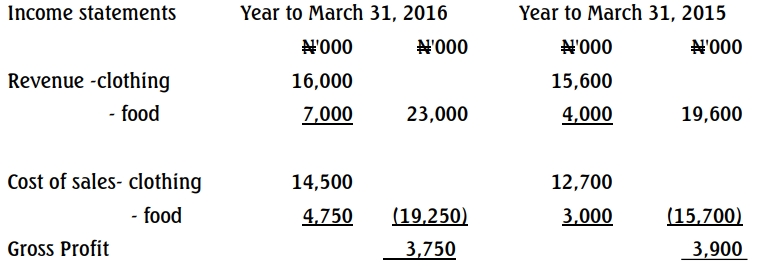
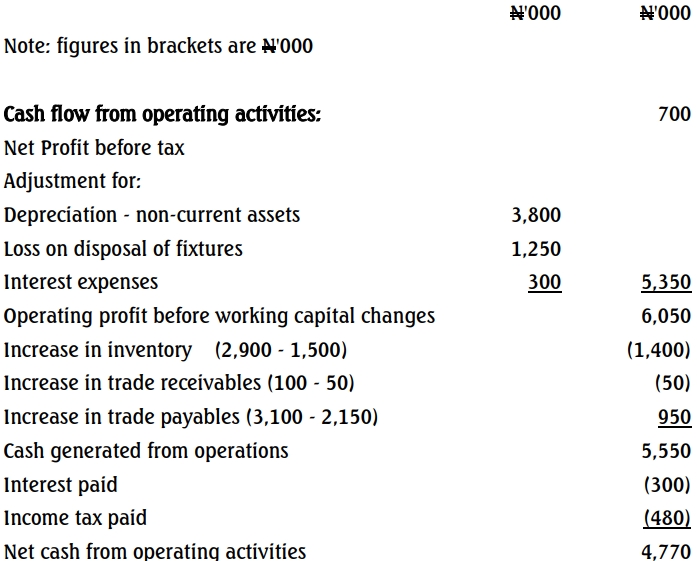
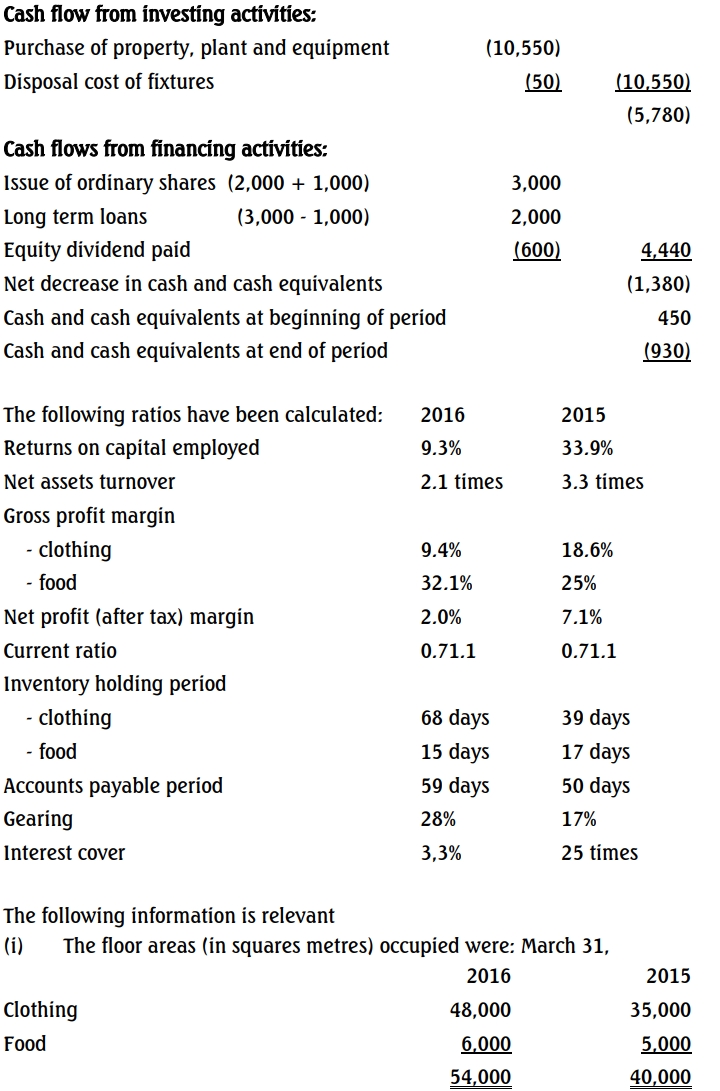
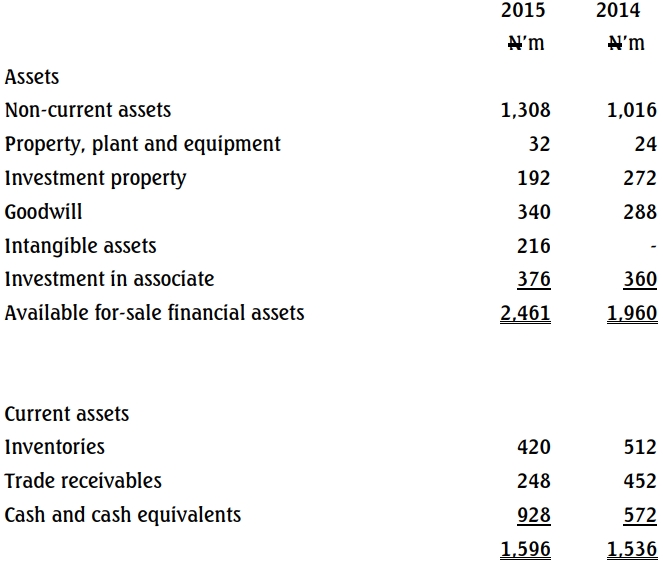
 Joy-land Group: Statement of comprehensive income for the year ended November 30, 2015.
Joy-land Group: Statement of comprehensive income for the year ended November 30, 2015.
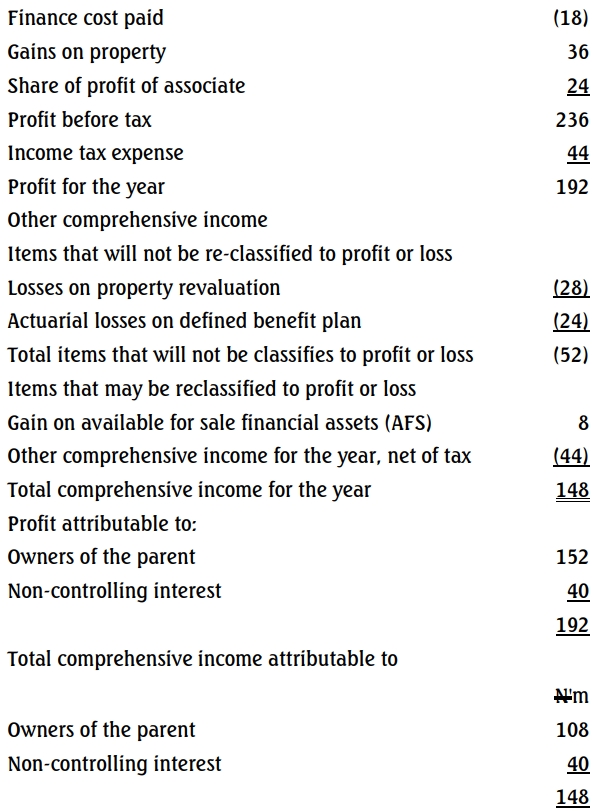



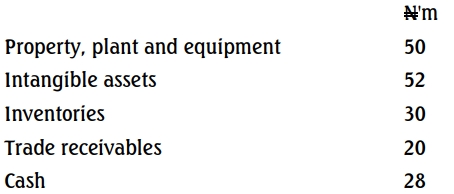

CR – May 2016 – L3 – Q5 – Integrated Reporting
Discuss the purpose of Management Commentary, why it is not mandatory, and the most relevant elements for Umu Amaeshi Plc to focus on in its management commentary.
Umu Amaeshi Plc is a conglomerate that has diverse businesses cutting across some social and environmental sensitive sectors listed on the Nigeria Stock Exchange. In compliance with financial reporting regulatory directives of Nigeria, it has adopted IFRS in preparing its financial statements. The board is aware that this step will enhance the transparency of its reporting and assist in attracting foreign institutional investors who may be desirous of investing in Nigeria. However, in one of the company’s board meetings, the CFO briefed members that given the social and environmental sensitive nature of its operation, the adoption of IFRS may not be good enough to bring that transparency relating to its policies and practices relating to social and environmental disclosures. He makes reference to Para 14 of IAS 1 – Presentation of Financial Statements, which clearly stated that:
“Many entities also present, outside the financial statements, reports and statements such as environmental reports and value-added statements, particularly in industries in which environmental factors are significant and when employees are regarded as an important user group. Reports and statements presented outside financial statements are outside the scope of IFRS.”
The board does not want to engage in social and environmental reporting disclosures since many who do engage in what the business community see as marketing and reports filled with rhetoric. The CFO has therefore suggested the use of Management Commentary.
Required:
a) Briefly explain the purpose of Management Commentary and why it was not made a mandatory requirement for all companies by the IASB. (6 Marks)
b) Identify the three most relevant elements of Management Commentary that Umu Amaeshi Plc should focus on in its management commentary and explain how they will assist the company to achieve the above objectives, given that it does not want to engage in social and environmental disclosure. (9 Marks)
Login or create a free account to see answers
Find Related Questions by Tags, levels, etc.
You're reporting an error for "CR – May 2016 – L3 – Q5 – Integrated Reporting"